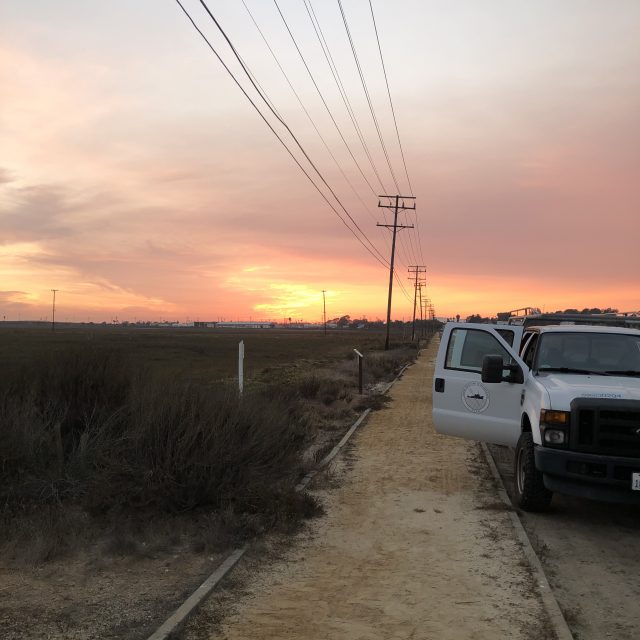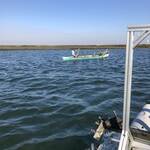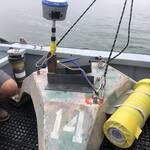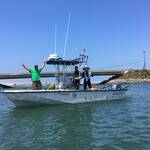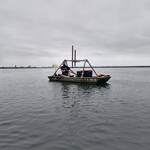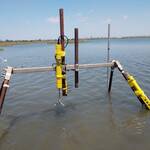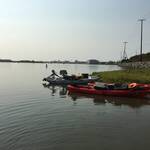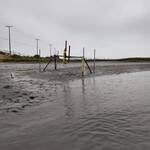Postdoc in oceanic forcing of estuarine exchange at Scripps Institution of Oceanography, UCSD
The Scripps Institution of Oceanography (SIO) Center for Coastal Studies, UCSD, is looking for a postdoctoral scholar to work on an NSF-funded project aiming to improve our understanding of the importance of remote oceanic forcing on estuarine exchange flow across estuarine parameter space. The postdoctoral scholar will be responsible for building upon a series of existing realistic regional numerical models over multiple hindcast years, conducting some semi-idealized simulations, and analyzing estuarine exchange flow across estuarine parameter space. A strong background in oceanography is required and preference will be given to those with significant expertise in numerical modeling. Most of the existing available regional numerical models use the ROMS framework, however, several are spread across different regional hydrodynamic codes (including SCHISM, GETM, SUNTANS, and FVCOM), thus significant experience across different coding languages is desirable. The position will be located at SIO working with Dr. Sarah Giddings, with opportunities to mentor graduate and undergraduate students. Moreover, there will be opportunities for interaction with scientists worldwide who are contributing model output. This particular position and project is entirely focused on numerical modeling, however, there will likely be opportunities to participate in field work within the Giddings laboratory and potentially other groups at SIO. Finally, if desired, the postdoctoral researcher will have the ability to participate in the project’s significant outreach component, including helping to implement and design an interactive visualization tool for numerical simulations. Additional information and application instructions for this postdoctoral position can be found here.

